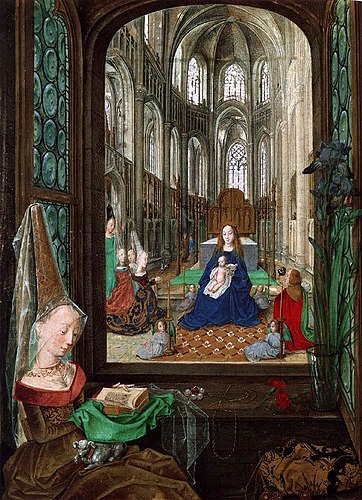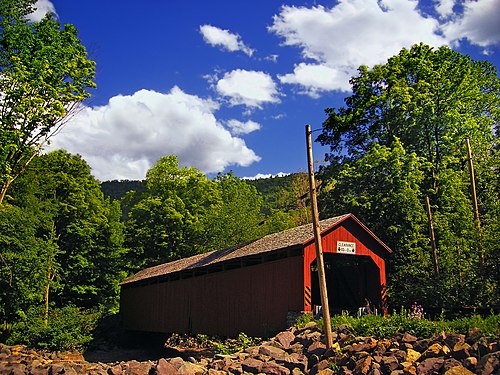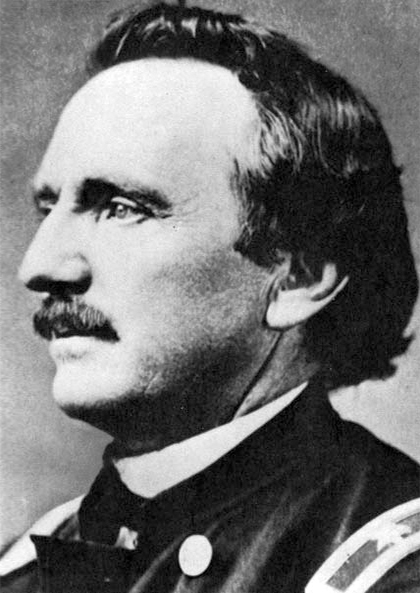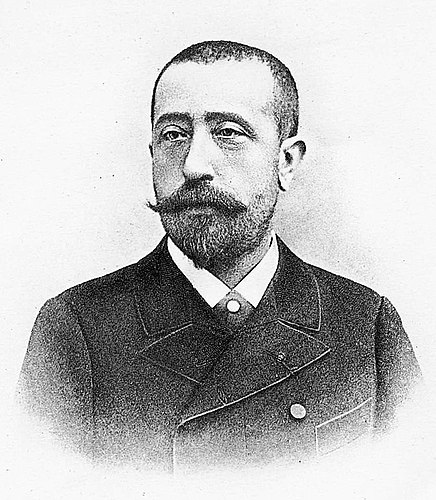picture of the day
https://ift.tt/3av33th





 1958 US–UK Mutual Defence Agreement.
1958 US–UK Mutual Defence Agreement. Secretariat (horse).
Secretariat (horse). Francis Willughby.
Francis Willughby. Introduction to viruses.
Introduction to viruses. Ubinas.
Ubinas. Megarachne.
Megarachne. Hours of Mary of Burgundy.
Hours of Mary of Burgundy. Naruto.
Naruto. God of War (franchise).
God of War (franchise). Island of stability.
Island of stability. Aries (album).
Aries (album). Sonestown Covered Bridge.
Sonestown Covered Bridge. Arnold Bax.
Arnold Bax. William F. Raynolds.
William F. Raynolds. Bridgeport, Connecticut, Centennial half dollar.
Bridgeport, Connecticut, Centennial half dollar. Alloxylon pinnatum.
Alloxylon pinnatum. Muhammad III of Granada.
Muhammad III of Granada. Apollo 9.
Apollo 9. Ethiopian historiography.
Ethiopian historiography. Coffin Stone.
Coffin Stone. Bombing of Tokyo (10 March 1945).
Bombing of Tokyo (10 March 1945). Hurricane Hattie.
Hurricane Hattie. Inter-Allied Women's Conference.
Inter-Allied Women's Conference. Zilwaukee Bridge.
Zilwaukee Bridge. Water pipit.
Water pipit. J. R. Kealoha.
J. R. Kealoha. A Wizard of Earthsea.
A Wizard of Earthsea. Tourette syndrome.
Tourette syndrome. Palmyra.
Palmyra. König-class battleship.
König-class battleship.